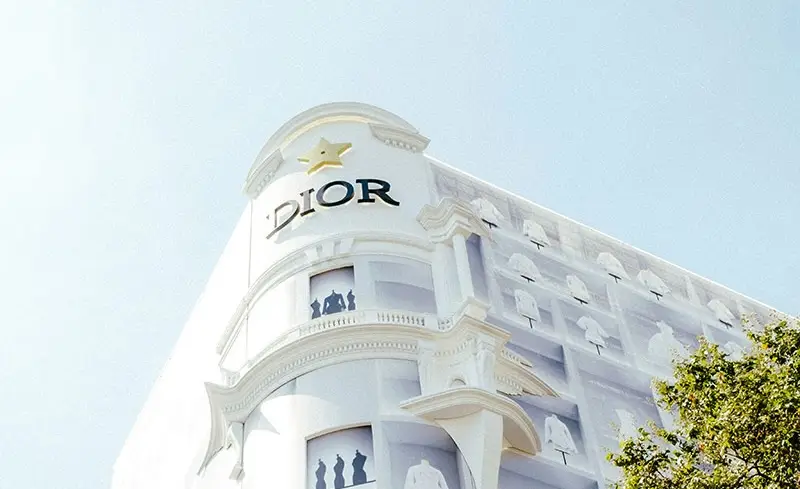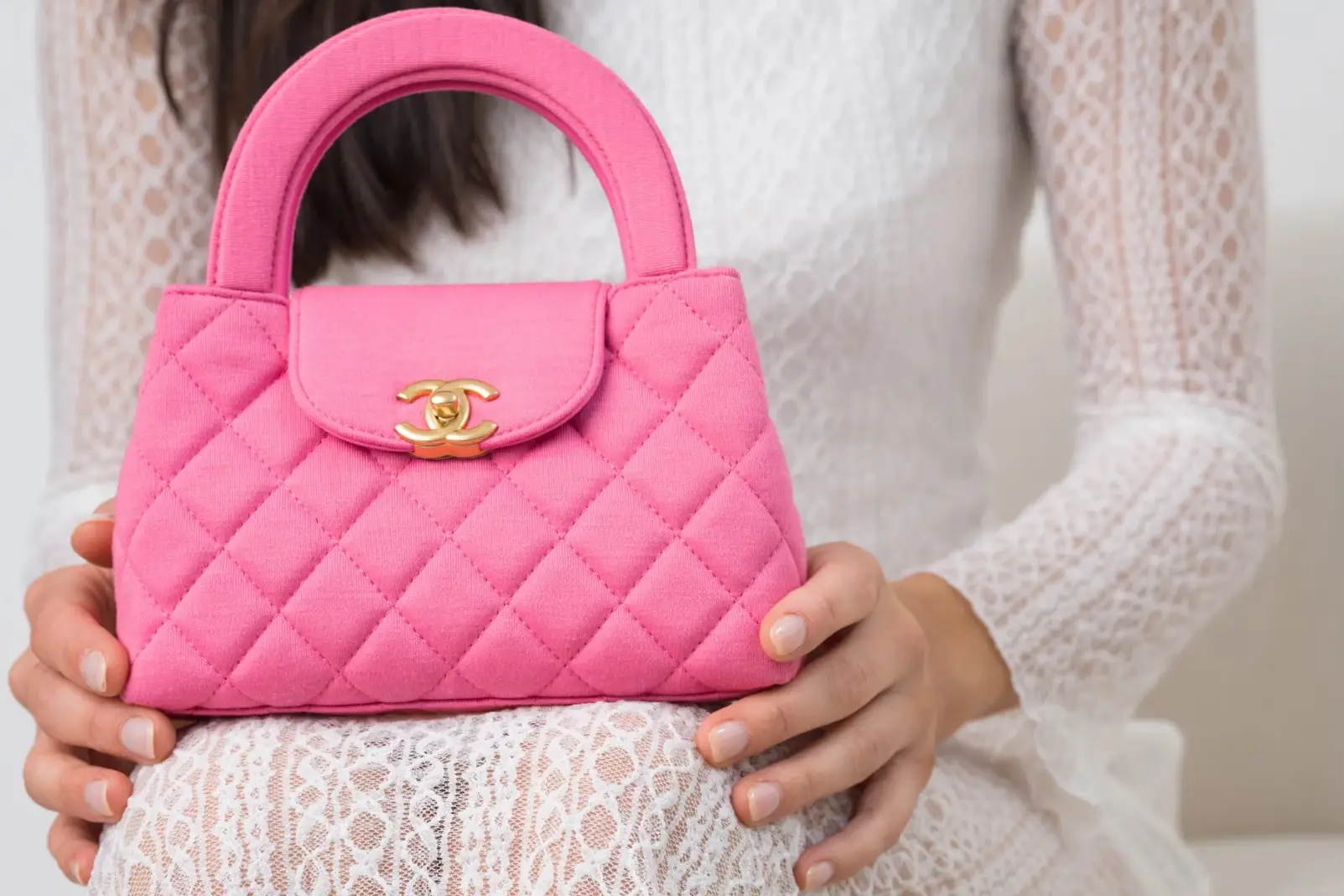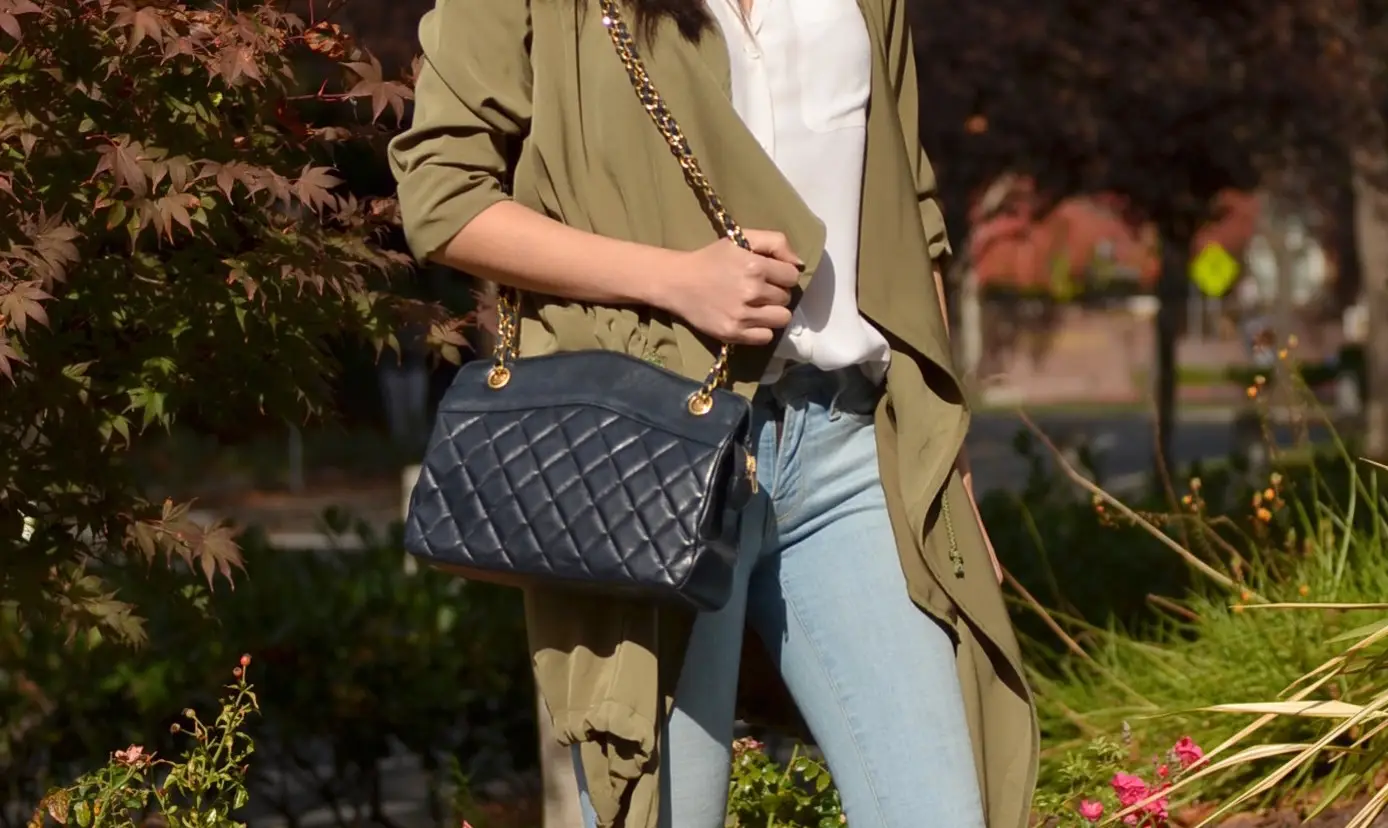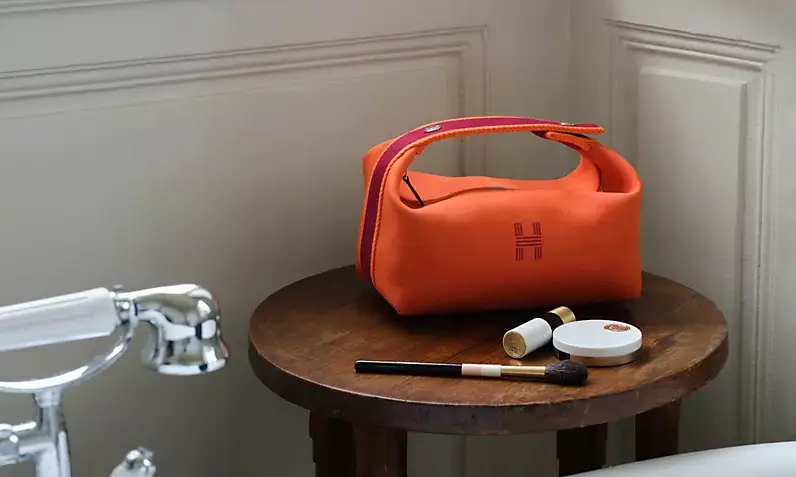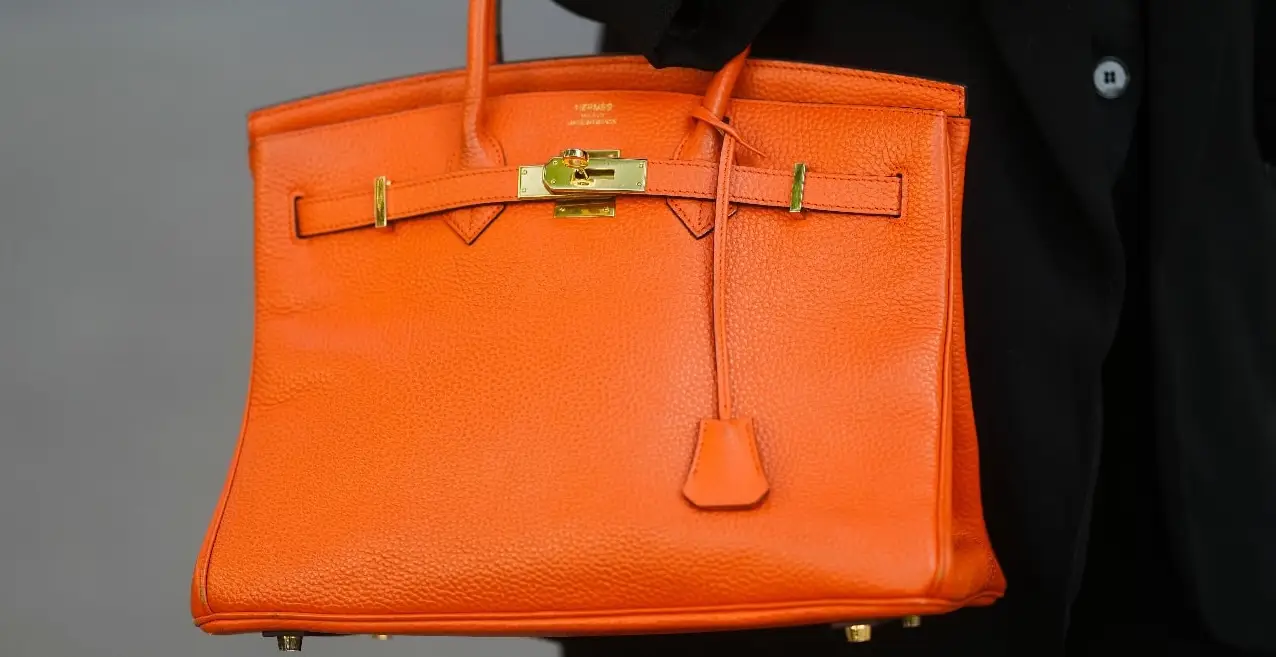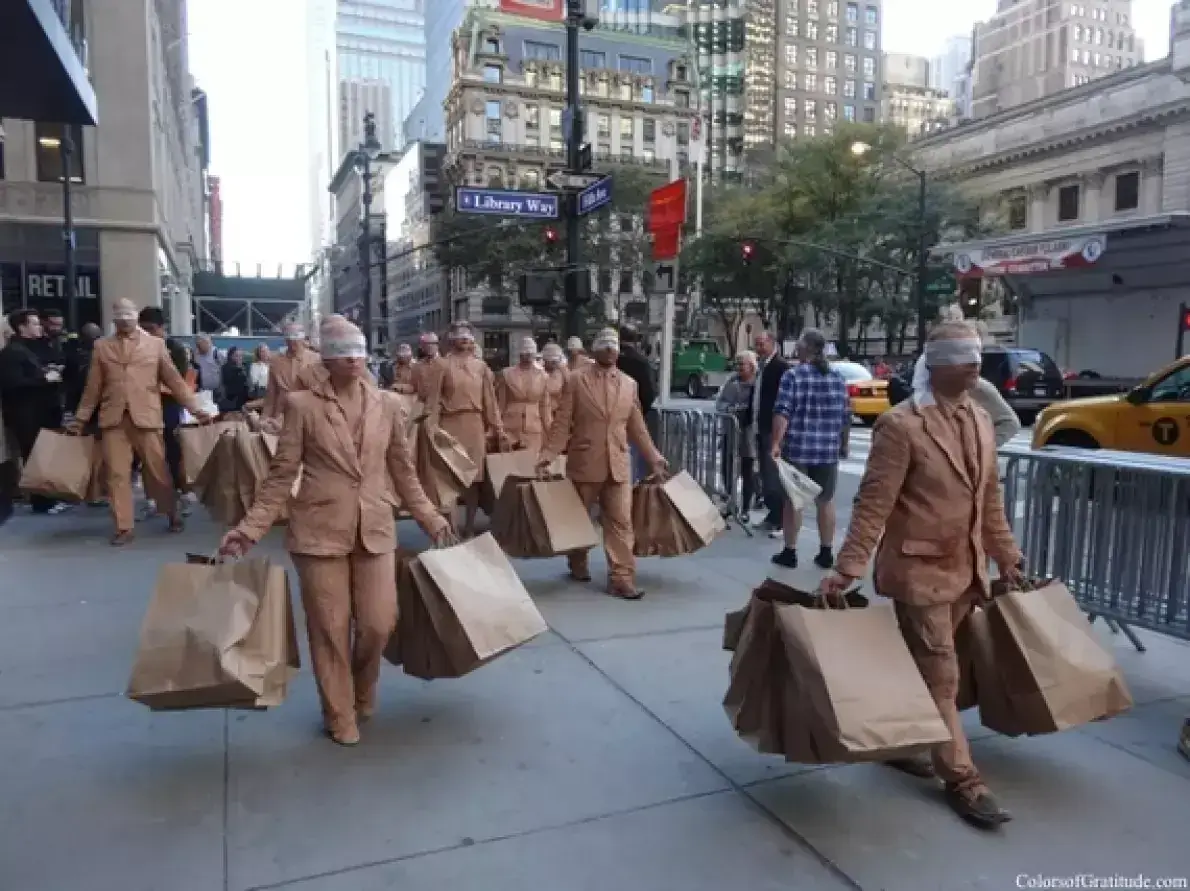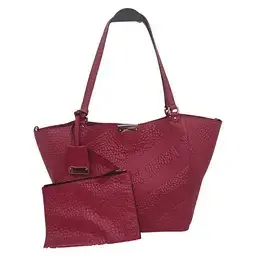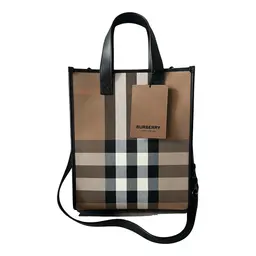As sustainability reshapes the global fashion industry, Dior is emerging as one of the most compelling names in the luxury resale space. Once primarily associated with runway couture and Hollywood glamour, Dior is now finding new momentum as buyers embrace pre-owned Dior bags as both ethical and investment-worthy purchases.
The resale platforms have positioned Dior at the heart of sustainable luxury by curating authenticated collections of Lady Dior and Saddle Bags—models that not only carry heritage but also align with modern consumer values.
Fashion’s Sustainability Challenge
Fashion is under mounting scrutiny for its environmental toll, with textile waste and carbon emissions driving global concern. Younger generations in particular are rejecting disposable consumption in favor of long-lasting, ethically sourced products.
Luxury resale is increasingly viewed as a solution. By extending the lifecycle of high-quality goods, resale reduces the need for new production while keeping fashion aspirational. Dior, with its durable construction and timeless design, is ideally positioned to thrive in this new environment.
Resale makes sustainability accessible. Dior bags can last for decades, and when they are resold, they carry history, craftsmanship and sustainability in equal measure.
Dior’s Heritage Meets Modern Values
Dior’s designs have long been celebrated for elegance and femininity. The Lady Dior, famously linked to Princess Diana, remains one of the most recognizable bags in the world. Meanwhile, the Saddle Bag—revived in the 2000s and again in the 2010s—has reemerged as a pop culture favorite.
These models now play a critical role in resale because they bridge heritage and trend. Buyers see them as fashion icons that simultaneously embody the principles of sustainable luxury.
Dior’s icons are part of the cultural conversation. They’re classic, they’re relevant, and they’re built to last. That combination makes them ideal for resale in today’s sustainability-focused world.
Consumer Behavior Shifts
Millennials and Gen Z are the main drivers of this shift. Surveys show these demographics prefer second-hand luxury because it aligns with values of sustainability, individuality and affordability.
On resale platforms, pre-owned Dior bags often attract younger buyers entering the luxury market for the first time. The appeal lies not just in the lower price point compared to retail but in the knowledge that the purchase supports a circular economy.
Younger clients are not only looking for style—they want to make a statement with how they consume. Dior allows them to do both.
Comparing Dior With Hermès and Chanel
While Hermès bags and Chanel bags dominate resale headlines for their astronomical premiums, Dior offers a more approachable option. Lady Dior bags often retain 70 to 85 percent of their retail value, while Saddle Bags in limited editions can appreciate significantly.
This balance between accessibility and investment potential makes Dior attractive to a broader audience. Buyers who may find Hermès out of reach often turn to Dior as a way to participate in sustainable luxury without sacrificing prestige.
Celebrity and Social Media Influence
Dior’s resurgence in resale is also tied to cultural visibility. Celebrities such as Rihanna, Marion Cotillard and Bella Hadid have all been photographed carrying Lady Dior or Saddle Bags, while social media influencers showcase vintage versions as sustainable style statements.
Cultural relevance fuels demand. When Dior appears in the spotlight, we see immediate surges in searches and sales.
Investment and Longevity
In addition to sustainability, Dior bags carry investment potential. Retail prices for Dior have steadily increased, which bolsters resale values. For sellers, this means a well-preserved Lady Dior or Saddle Bag can become a financial asset as well as a fashion item.
Dior’s growing role in sustainable luxury resale shows no signs of slowing. With heritage designs, cultural relevance and strong investment potential, the brand is uniquely positioned to thrive in a market driven by values as much as aesthetics.
In the battle between fast fashion’s disposability and luxury resale’s longevity, Dior stands firmly on the side of sustainability—making it not just a brand of the past, but a vision of fashion’s future.

